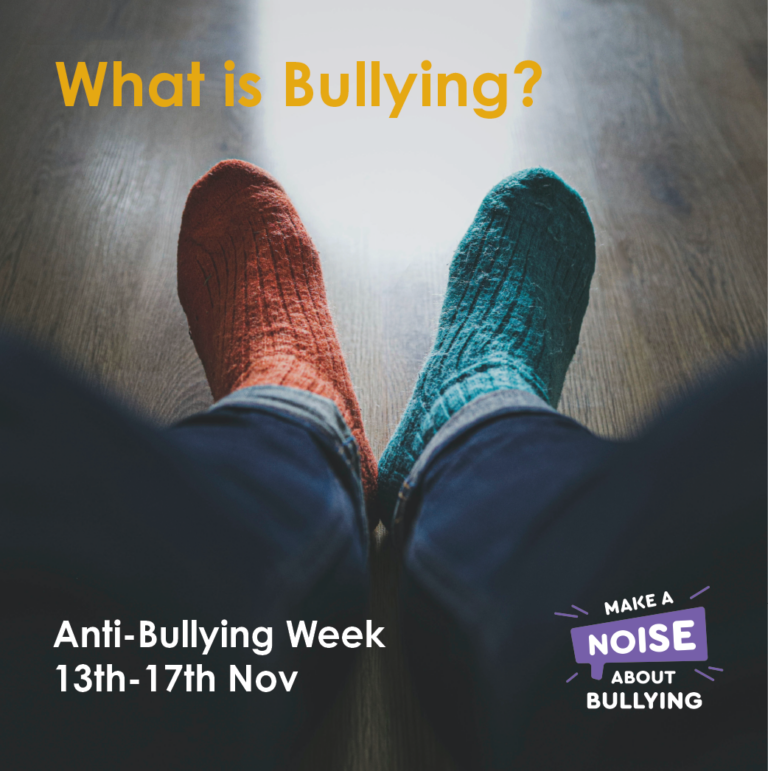The ABA defines bullying as:
The repetitive, intentional hurting of one person or group by another person or group, where the relationship involves and imbalance of power. Bullying can be physical, verbal, or psychological. It can happen face to face or online.
We know that bullying doesn’t just affect children at school. You can experience bullying as an adult in the workplace, online or in social situations.
There are six types of bullying, and they are:
Physical Bullying
The most obvious form of bullying where people use physical actions to gain power and control over their targets.
Examples include, kicking, hitting, punching, slapping, shoving, and other physical attacks.
Verbal Bullying
Perpetrators of verbal bullying use words, statements, and name calling to gain power and control.
Targets are chosen based on how they look, act, and behave. It’s common for people with special needs to be targeted.
This type of bullying is hard to identify because attacks mostly happen when other people are not around. As a result, it ends up being one person’s word against another.
Relational Aggression
This is a sneaky and insidious type of bullying that often goes unnoticed. It can sometimes be referred to as emotional or social bullying.
Relational aggression is a type of social manipulation where the perpetrators try to hurt their peers or sabotage their social standing. Relational bullies often ostracise others from a group, spread rumours, manipulate situations, and break confidence.
Relationally aggressive bullies increase their own social standing by controlling or bullying another person. Someone on the receiving end of relational aggression is likely to be teased, insulted, ignored, excluded, and intimidated.
Cyberbullying
Cyberbullying is when a person uses technology and the internet to harass, threaten, embarrass, or target another person.
Examples of cyberbullying include, posting hurtful images, making online threats, and sending hurtful emails or texts.
A popular form of bullying as bullies can harass their targets with much less risk of being caught. Bullies can say things they do not have the courage to say face to face. Technology gives them the feeling of being protected as they feel anonymous, insulated, and detached from the situation.
To the targets it feels invasive and never ending. They can be targeted at anytime and anywhere, often in the safety of their own homes. As a result, the consequences of cyberbullying are significant. Talkback has produced some training resources to help identify and tackle cyber bullying, you can access these here.
Sexual Bullying
This consists of repeated, harmful, and humiliating actions which target a person sexually. For example, sexual name calling, crude comments, vulgar gestures, uninvited touching, sexual propositioning, and pornographic material. Sexting also can lead to sexual bullying.
Prejudicial Bullying
It is based on prejudices people have towards people of different races, religions, sexual orientation, or neurodivergent. This can encompass all other types of bullying. When prejudicial bullying occurs, people are targeting others who are different from them and singling them out. This type of bullying can be severe and lead to hate crimes.
This week I’m looking at the effects bullying can have, signs to look out for if you think someone is being bullied and how to prevent or stop bullying. If you’re worried about bullying, the ABA website has some useful advice and support, follow the link below.
By Nicola Martin






